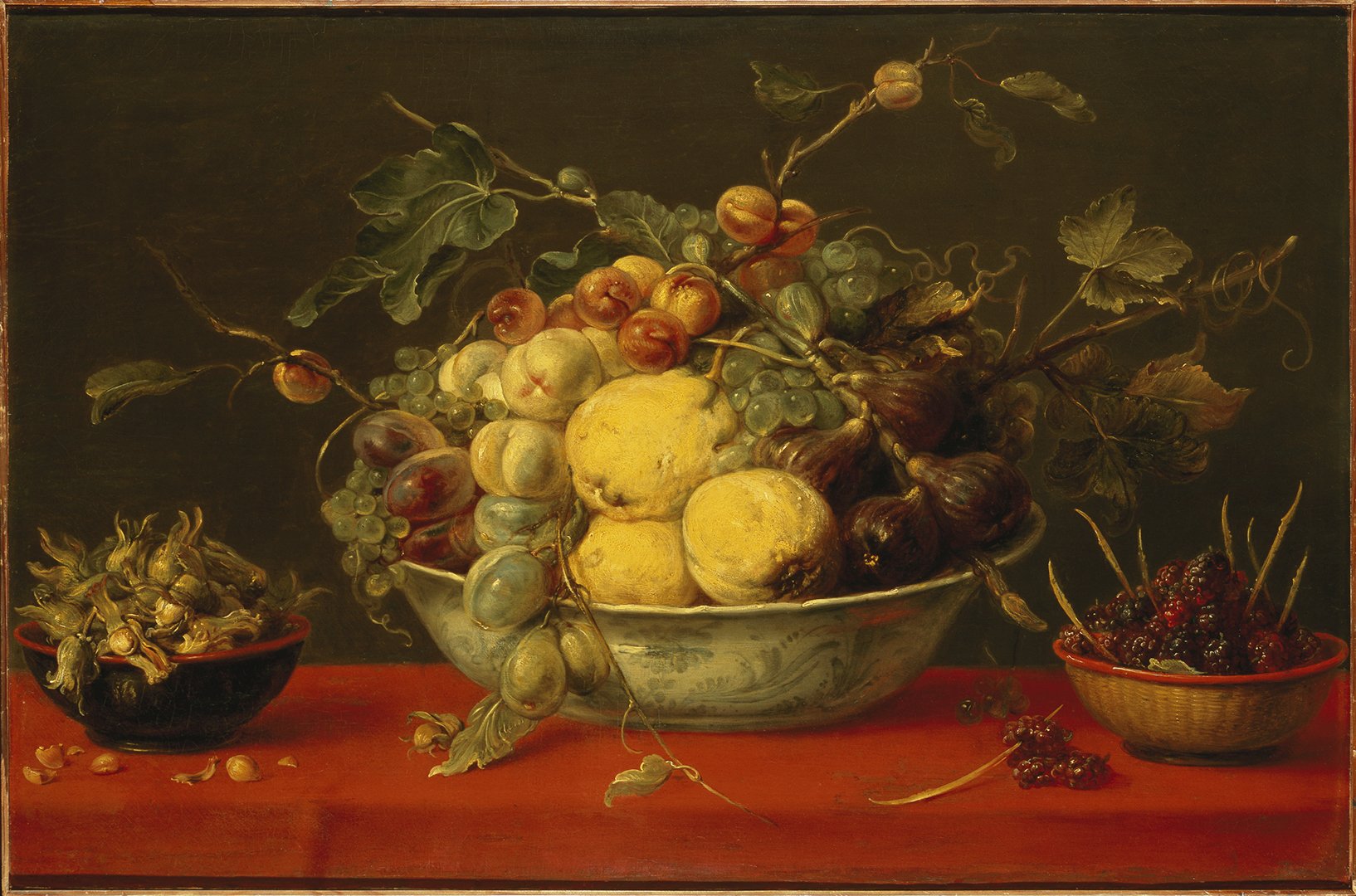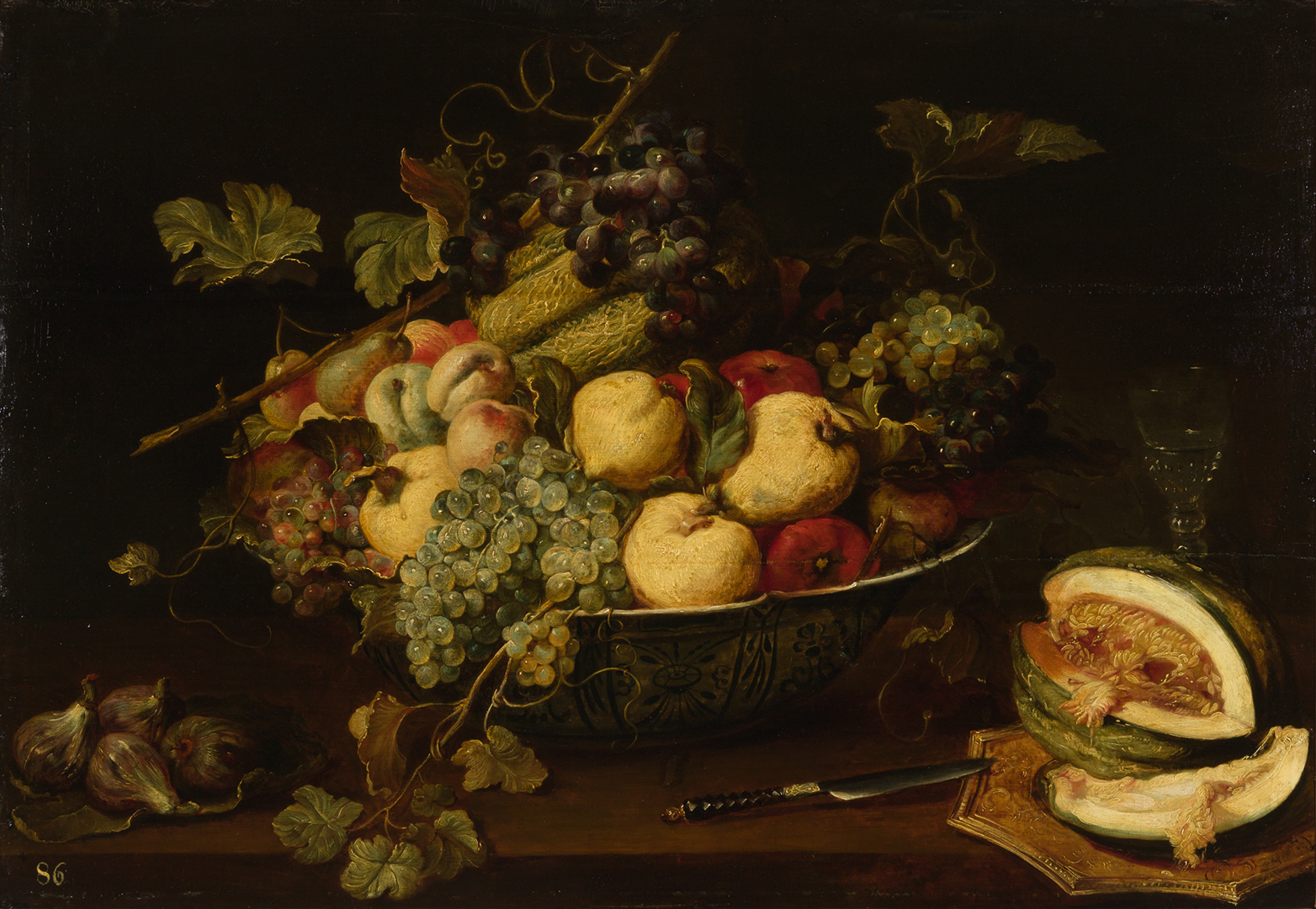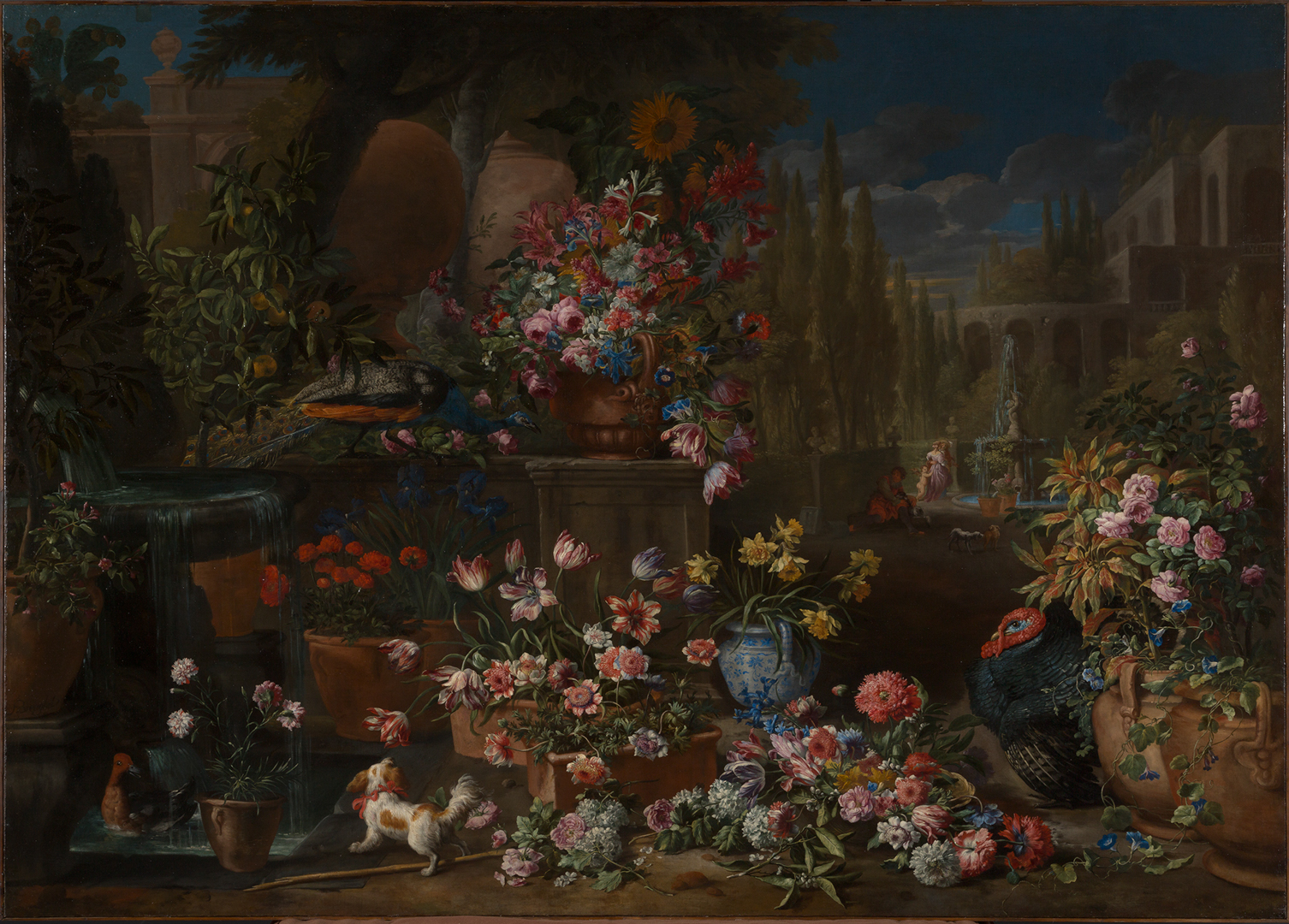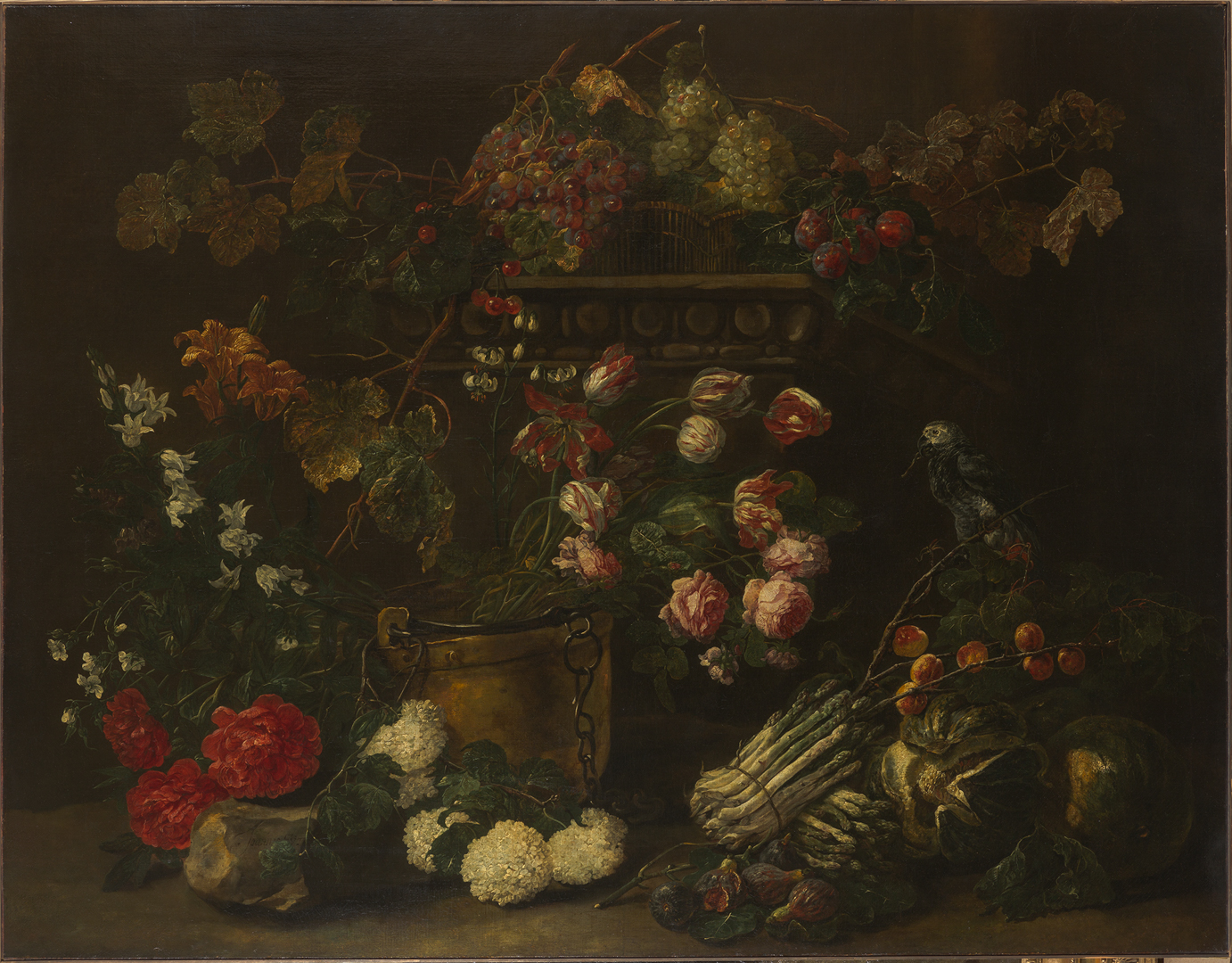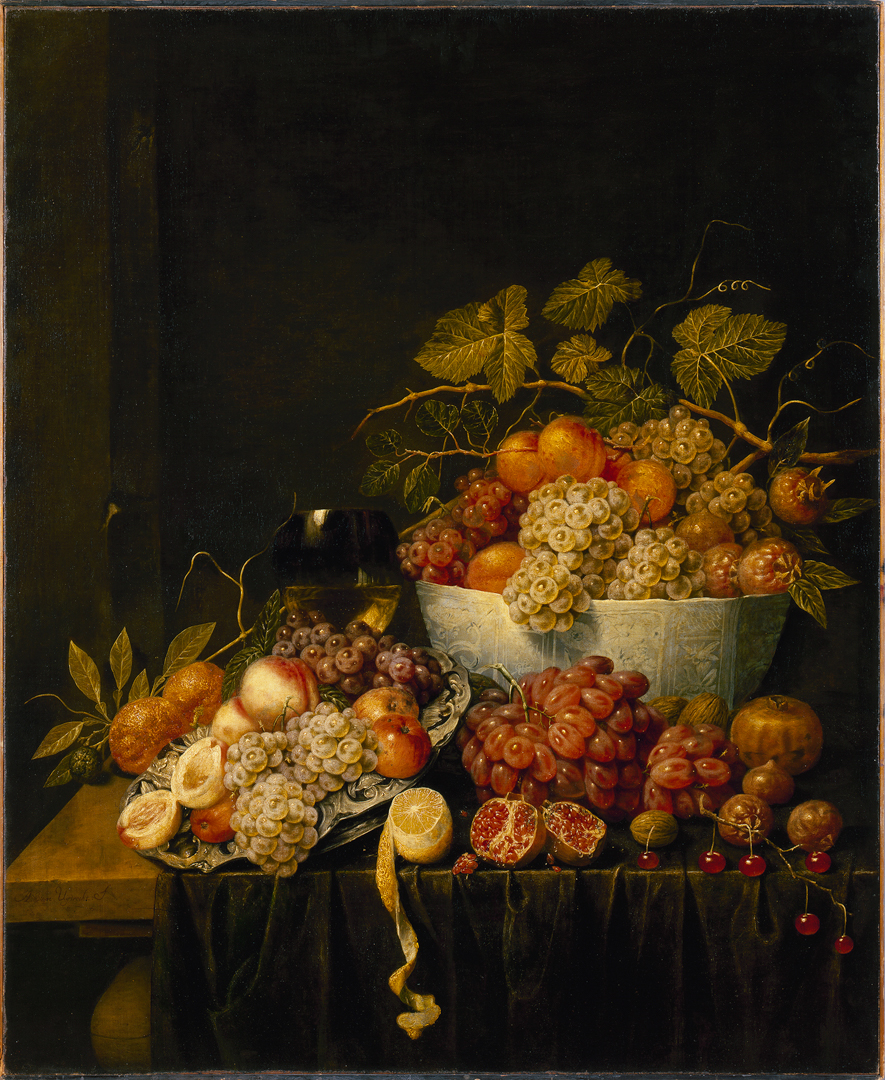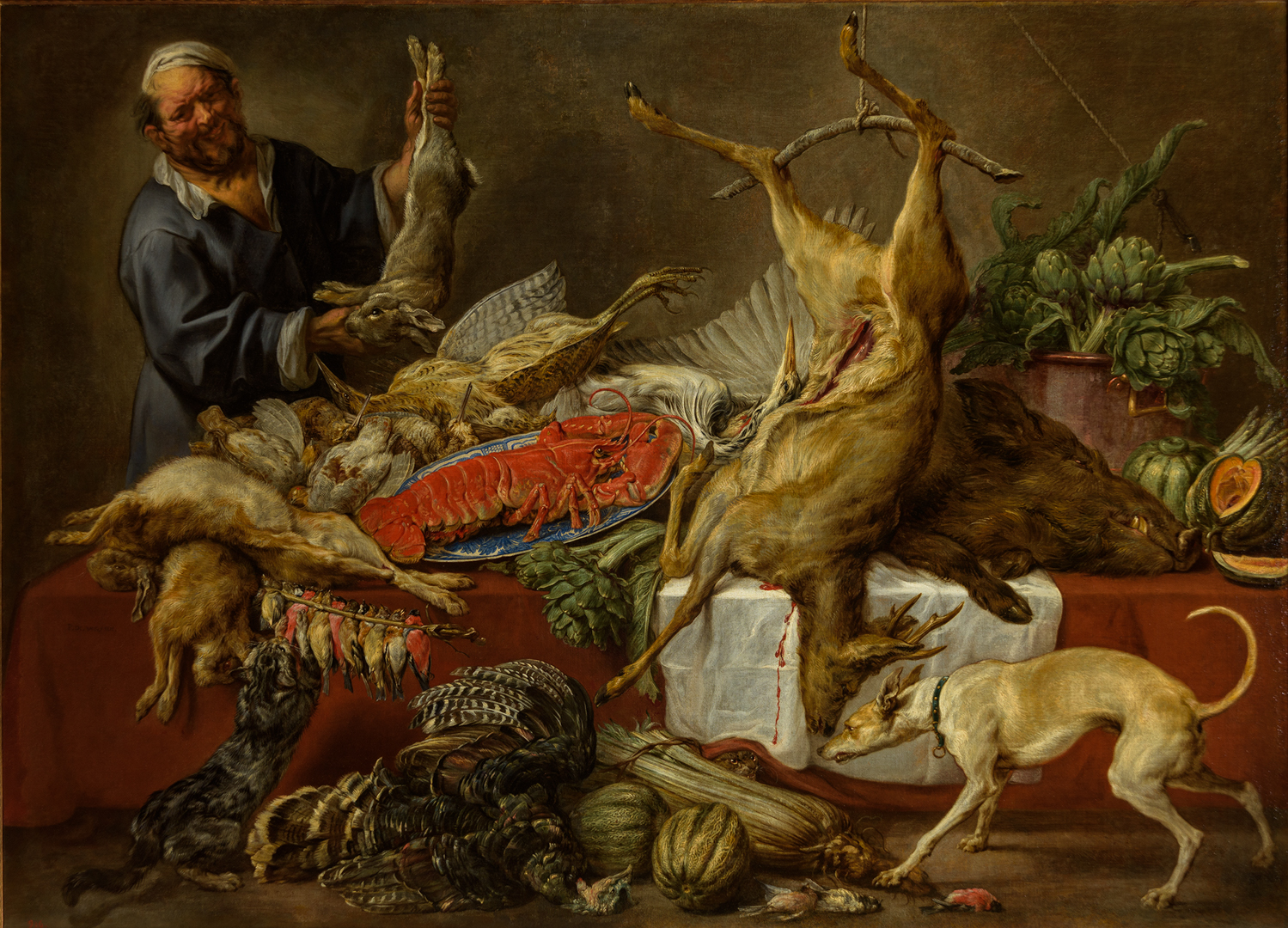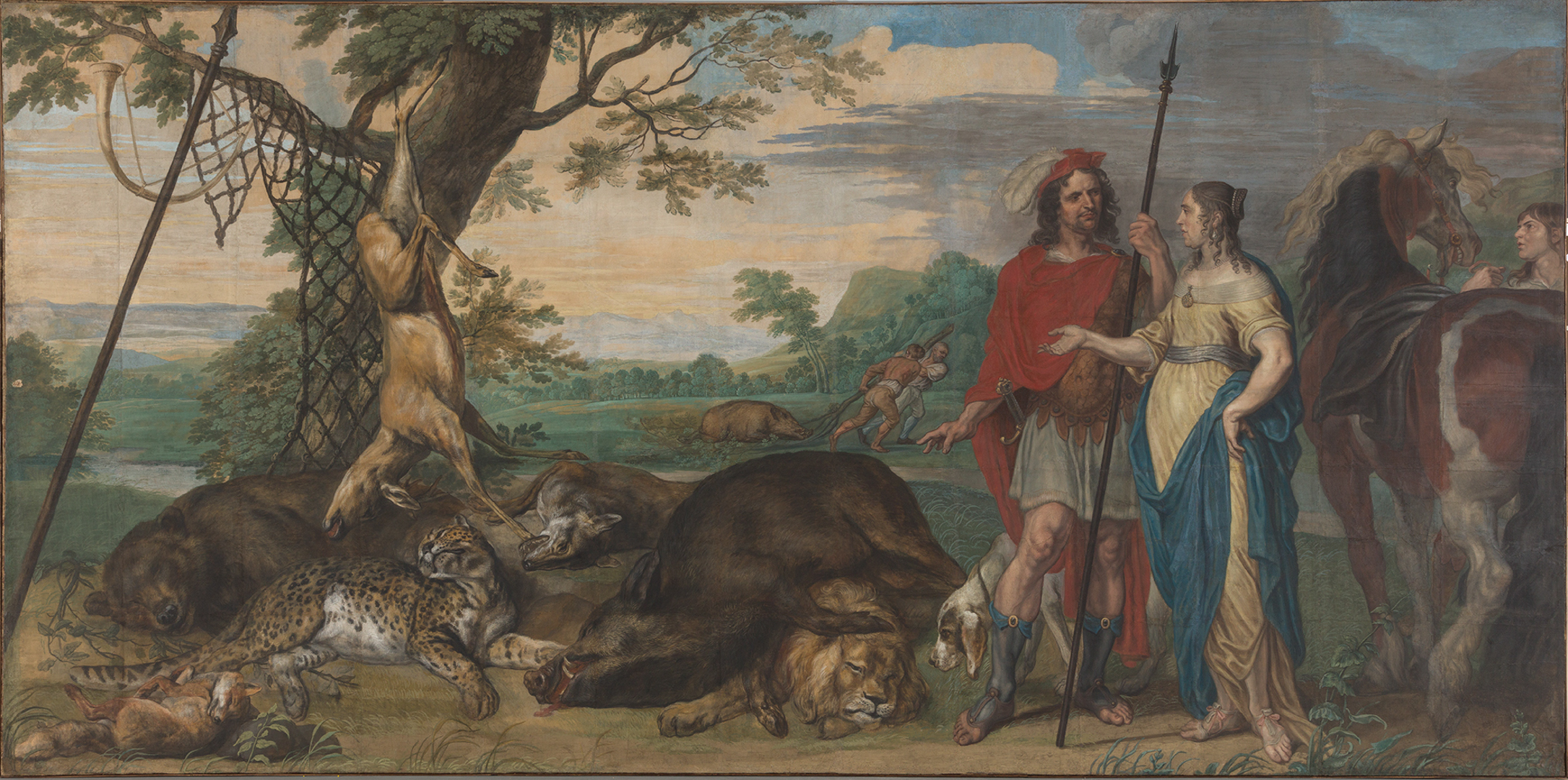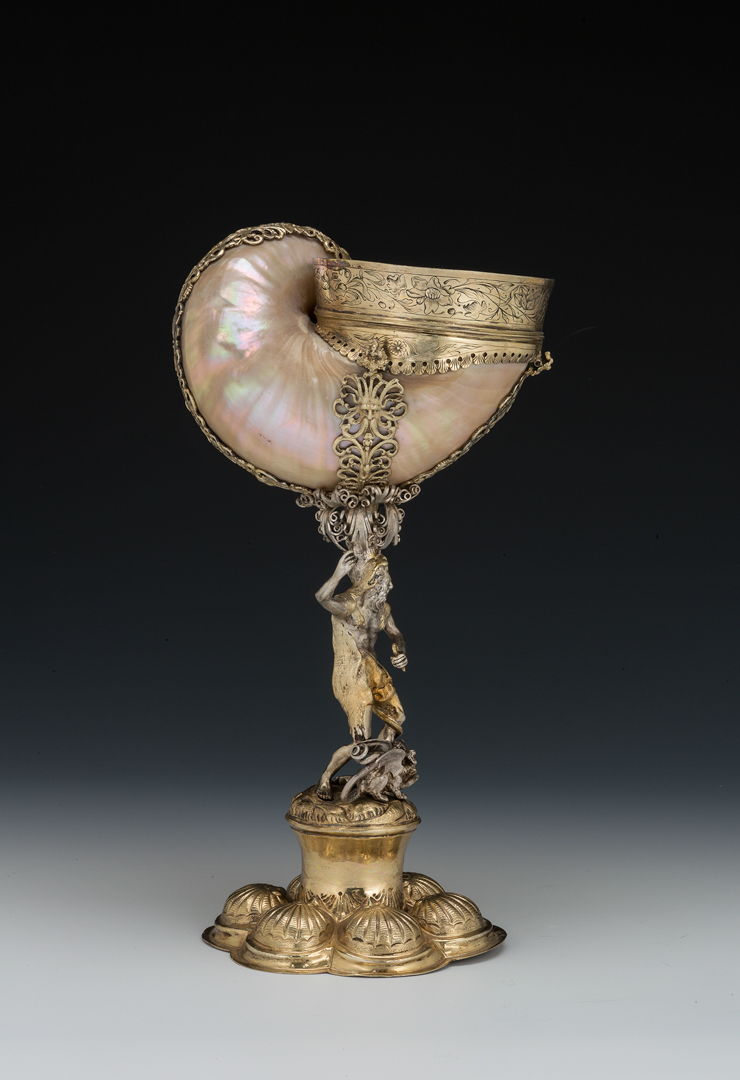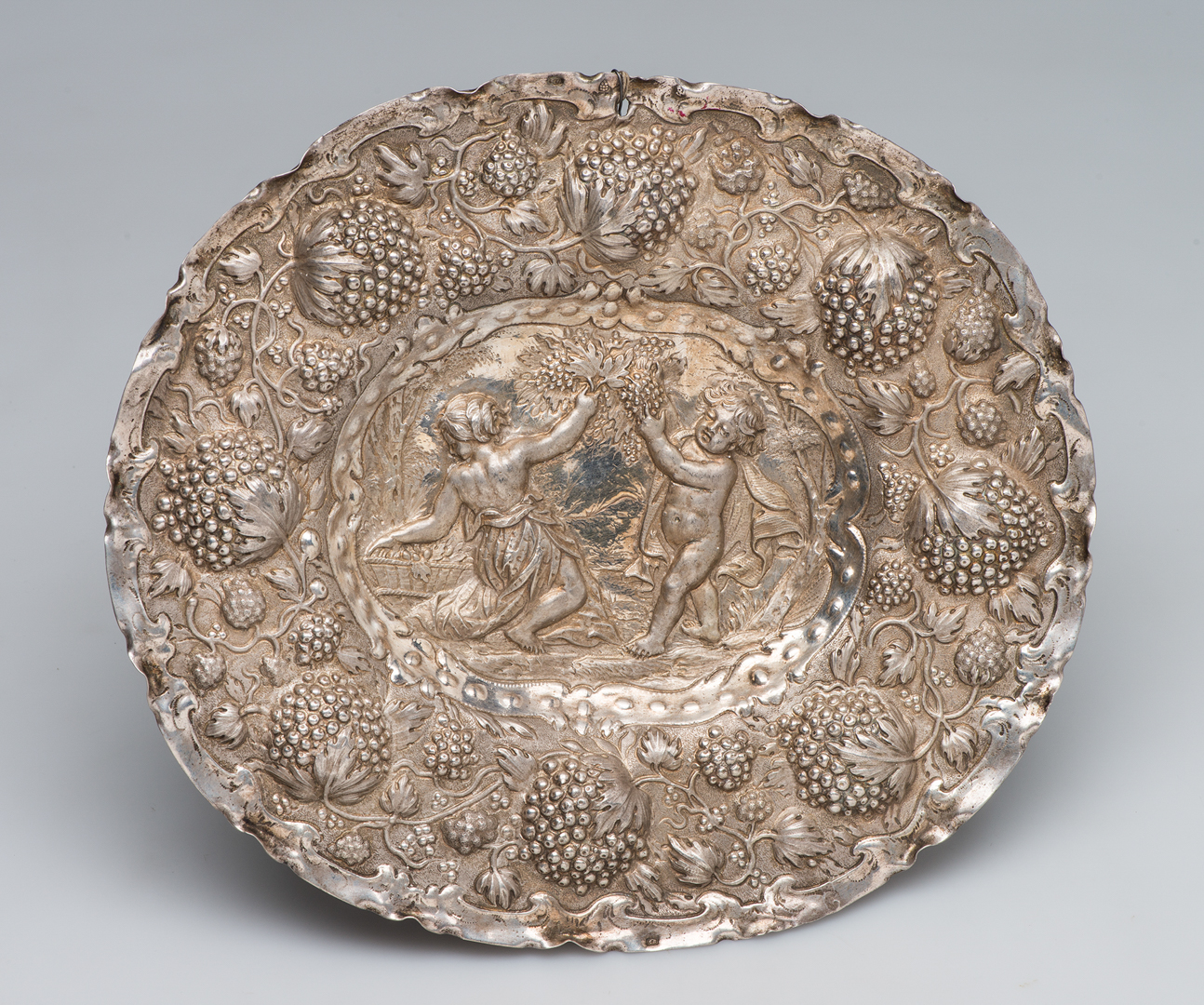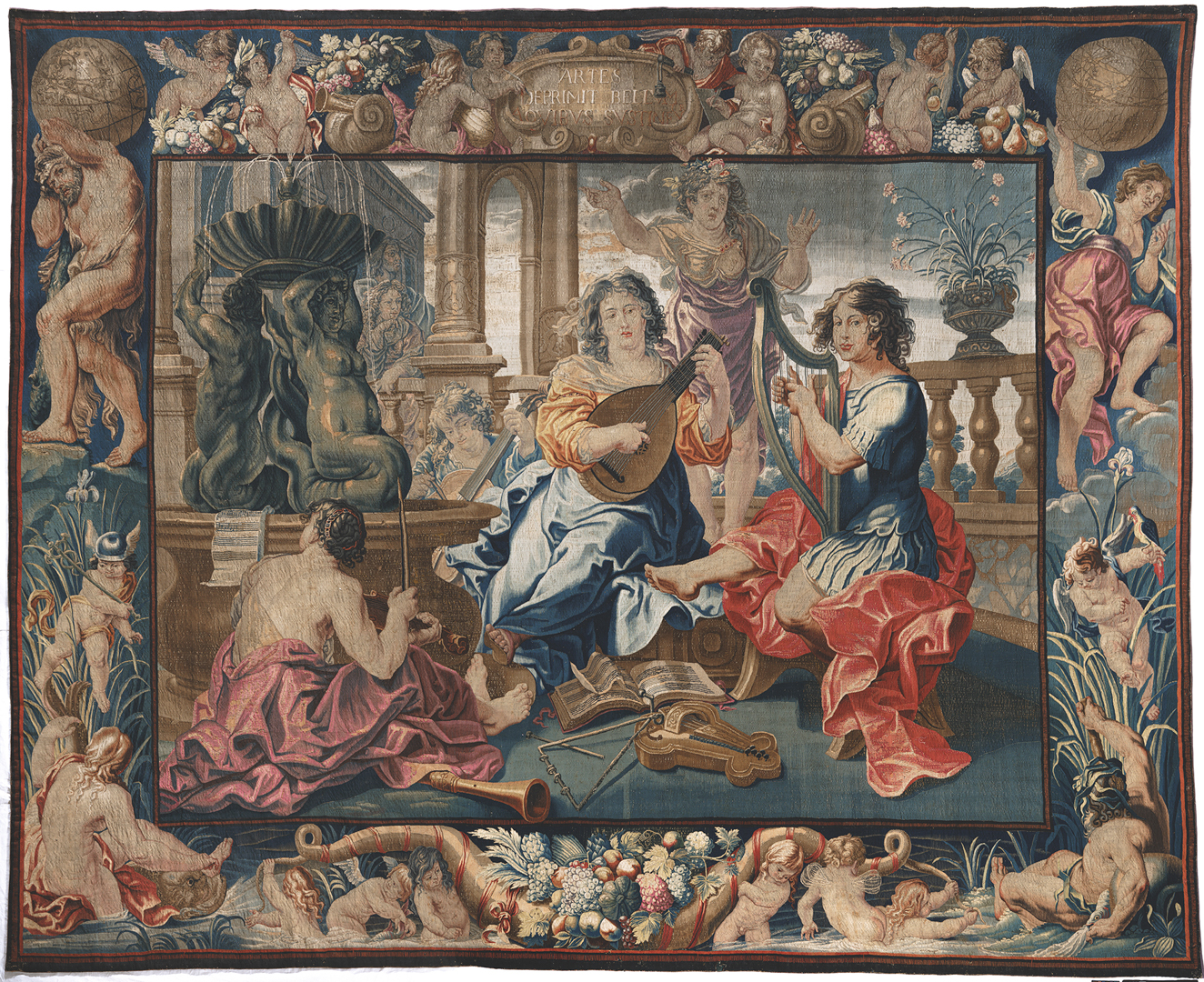ARS VIVENDI. Frans Snyders and Seventeenth-Century Flemish Still Lifes
“The latest tremendous exhibition of the Hermitage type does not require a separate ticket. The permanent display, the ‘Stalls’, remains where it is. The exhibition exists in a duet with it. Many layers of meaning and occasions for reflection, from ‘joie de vivre’ to ‘memento mori’. From ‘herbaria’ to ‘trompe l’oeil’. The innovations: monumental design revealing the merits of the Nicholas Hall through to a very rich line of souvenirs on real-life ‘stalls’. Plus historical discussions about what makes Flanders different from Holland,” Mikhail Piotrovsky, General Director of the State Hermitage, says.
The State Hermitage is presenting a large-scale exhibition project that brings together more than 70 paintings by Flemish artists in the still life and animal genres from the 17th-century heyday of art in Flanders. Of those, 45 pictures are from the collection of the State Hermitage and 15 from the State Pushkin Museum of Fine Arts. The works on display reflect the main stages in the evolution of the Flemish still life as an independent genre, its diversity of types, as well as the range of individual artistic manners. The exhibition immerses visitors in the world of Baroque-era Flemish art, a realm filled with exotic rarities, sumptuous bouquets, floral garlands and hunting trophies.
“Being a strategic partner of the country’s premier museum is a great honour for our company. We are delighted to be able to assist Hermitage in organizing large-scale exhibitions and other initiatives. Our first joint project, the exhibition ‘Thinking of Time’, was a great success, and the painting Sumptuous Still Life by the Flemish painter Jan van den Hecke, which became its heart, is now part of the Hermitage's permanent display. Today we are joining in the presentation of a second exhibition project with the museum – ‘ARS VIVENDI. Frans Snyders and Seventeenth-Century Flemish Still Lifes’. One of the themes of this genre is food in all its manifestations: exquisite fruits, vegetables, fish, game. Magnit, as one of the largest retailers in Russia, sees its mission within the framework of its partnership with the State Hermitage Museum as bringing together the world of high art and mass culture," Anna Meleshina, Managing Director of the Magnit retail network, stated.
At the centre of attention for the project are the paintings of Frans Snyders (1579–1657), one of the foremost Flemish masters of still life and animal painting. This artist lived and worked in Antwerp, the city that was the chief centre of 17th-century Flemish art, the home of his great contemporary Peter Paul Rubens (1577–1640). In Frans Snyders’s oeuvre, the chamber genre that the still life was at the turn of the 17th century acquired a truly monumental resonance and a dynamic life-affirming character. The Hermitage’s celebrated series of Stalls by Snyders – a set of tremendous pictures made in the late 1610s in which the “gifts of nature” are depicted in all their splendour – are on show in the New Hermitage’s hall of 17th-century Flemish painting, the Snyders Hall. The Stalls engage in a dialogue with those works by the painter presented in the display in the Nicholas Hall of the Winter Palace. On show there are cabinet works by Snyders from collections in this country, animal paintings and still lifes with well-laid tables, where in the elegant brilliance and harmony of the compositions it is possible to detect not only the vitality of the Flemish Baroque and the significance of the tradition established by Rubens, with whom Snyders collaborated, but also the influence of Italian painting, which appeared after the artist travelled to Italy in 1608–09. The works on display include Fruit in a Bowl on a Red Tablecloth, Bowl of Fruit with a Sliced Melon, Cook at the Table with Game and Birds Concert (Hermitage), Still Life with Swan and Fish Stall (Pushkin Museum).
Tracing the development of the impulse that Frans Snyders’s art gave to the still-life genre and his influence on the work of his contemporaries, pupils and followers is the most important aim of the exhibition. On show in the hall are paintings by Pauwel (Paul) de Vos (ca. 1596–1678), the most devoted follower and pupil of Snyders. Some splendid, exquisite works also represent another of his pupils, one of the leading exponents of the still life in the mid-17th century –
Jan (Johannes) Fyt (1611–1661). Visitors to the exhibition will also see works by Adriaen van Utrecht (1599–1652), Frans Ykens (1601–1693) and other well-known 17th-century Flemish masters of decorative painting, who absorbed the Snyders tradition and spread it far beyond the bounds of their native Antwerp.
A considerable role in the exhibition is allotted to the floral still life genre. Two grand pictures presenting in all its splendour a garden filled with tulips, roses, anemones and other blooms are the joint work of the artists Abraham Brueghel (1631–1697) and David de Coninck (1644 – after 1701). This pair of paintings – Flowers among Architecture (Spring) and Flowers and Fruit (Summer) – have become a sort of focus for the display.
Specially for the exhibition, restoration was carried out on the panel Flowers among Architecture (Spring) and also on the large (278 × 559 cm) cartoon for a tapestry of Hunting Trophies made by the Flemish artists Abraham van Diepenbeek (1596–1675) and Pieter Boel (1622–1674). The work was carried out in the Laboratory for the Scientific Restoration of Easel Paintings (headed by Victor Korobov), part of the Department for Scientific Restoration and Conservation (headed by Tatiana Baranova).
Works of applied art produced in Western Europe – tapestries, costly silver goblets, carved ivory and embossed leather, as well as Chinese porcelain and exquisite creations of Oriental craftspeople form an integral part of the display.
The exhibition has been organized by the State Hermitage with the participation of the State Pushkin Museum of Fine Arts, the Peter the Great Central Naval Museum, the Saint Petersburg branch of the Archive of the Russian Academy of Sciences, the Research Museum of the Russian Academy of Arts, the Art Centre gallery (Moscow) and the private collection of Valeria and Konstantin Mauerhaus.
The curators of the exhibition “ARS VIVENDI. Frans Snyders and Seventeenth-Century Flemish Still Lifes” are Mikhail Dedinkin, head of the State Hermitage’s Department of Western European Fine Art, and Tatiana Kosourova, head of the Decorative and Applied Art Sector in the State Hermitage’s Department of Western European Applied Art.
The curatorial group that participated in the preparation of the exhibition consisted of Natalia Gritsai, Alisa Mezentseva and Vladislav Statkevich from the Department of Western European Fine Arts, Maria Menshikova and Lidia Potochkina from the Oriental Department.
Project coordinator: Svetlana Datsenko, Advisor to the General Director of the State Hermitage.
Artist-designers of the exhibition: Emil Kapelush, Yury Suchkov.
Sound Design Artist: Pavel Khovrachev.
The exhibition “ARS VIVENDI. Frans Snyders and Seventeenth-Century Flemish Still Lifes” can be visited by all holders of tickets to the Main Museum Complex.
A catalogue will be published for the exhibition: ARS VIVENDI. Frans Sneiders i flamandskii natiurmort XVII veka.
The exhibition will also be accompanied by souvenir items specially developed for this project.
General partner of the exhibition: the retail company Magnit

Hermitage 21st Century Foundation

With the informational support of the Saint Petersburg TV channel

Profile media partner

Official publication – the Hermitage magazine

More about the exhibition
